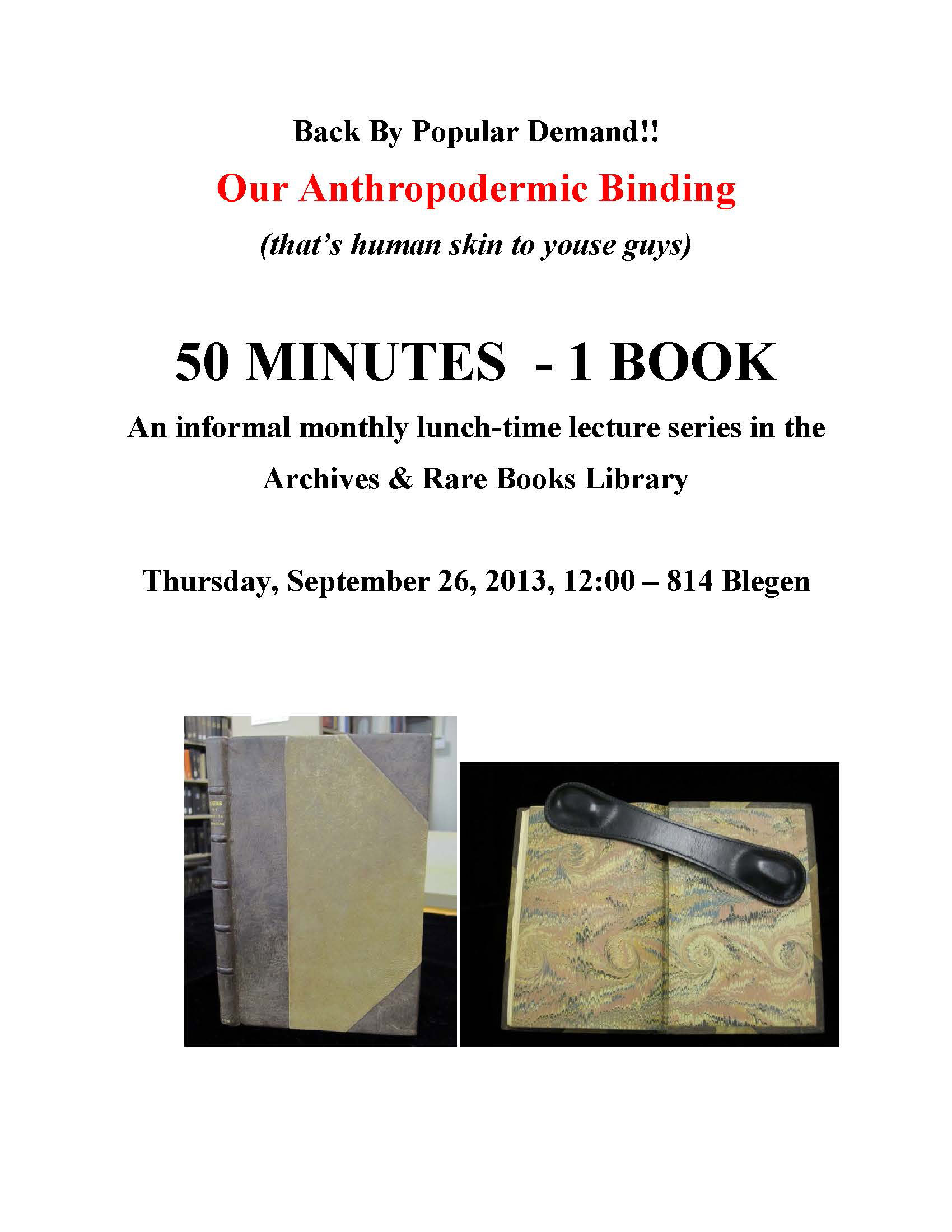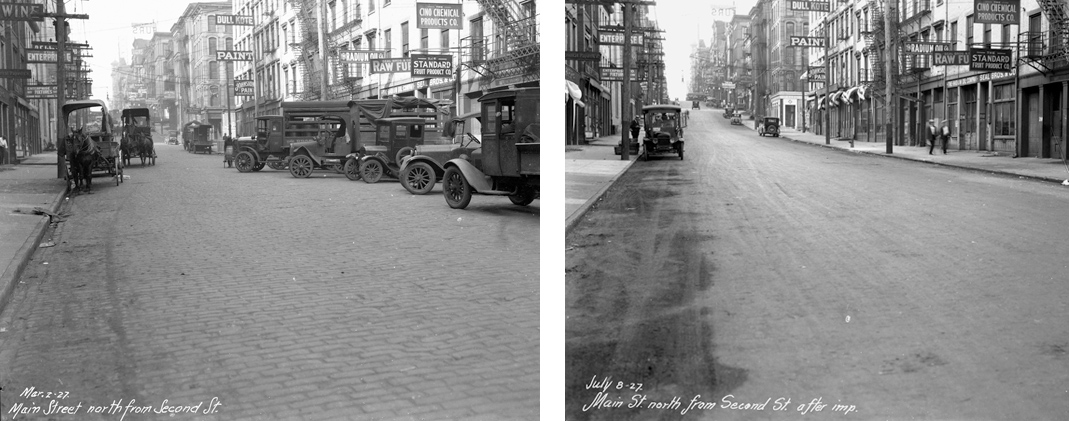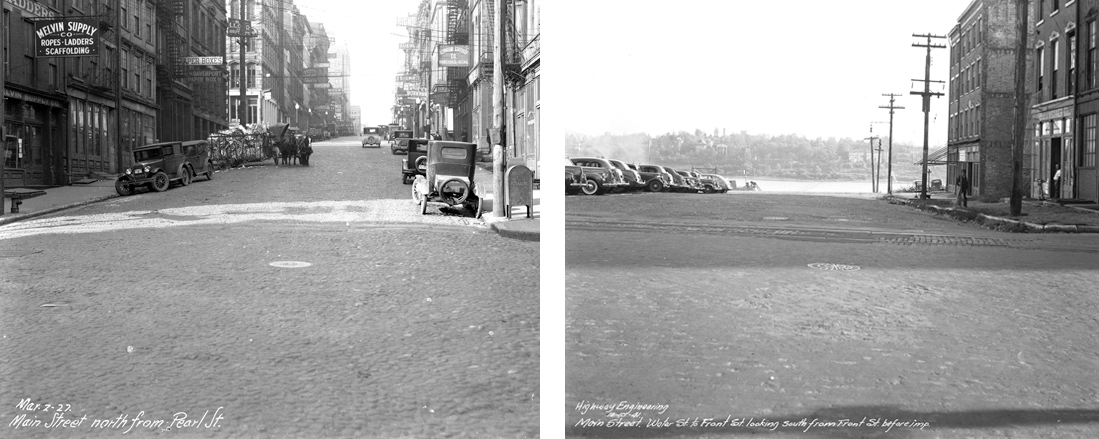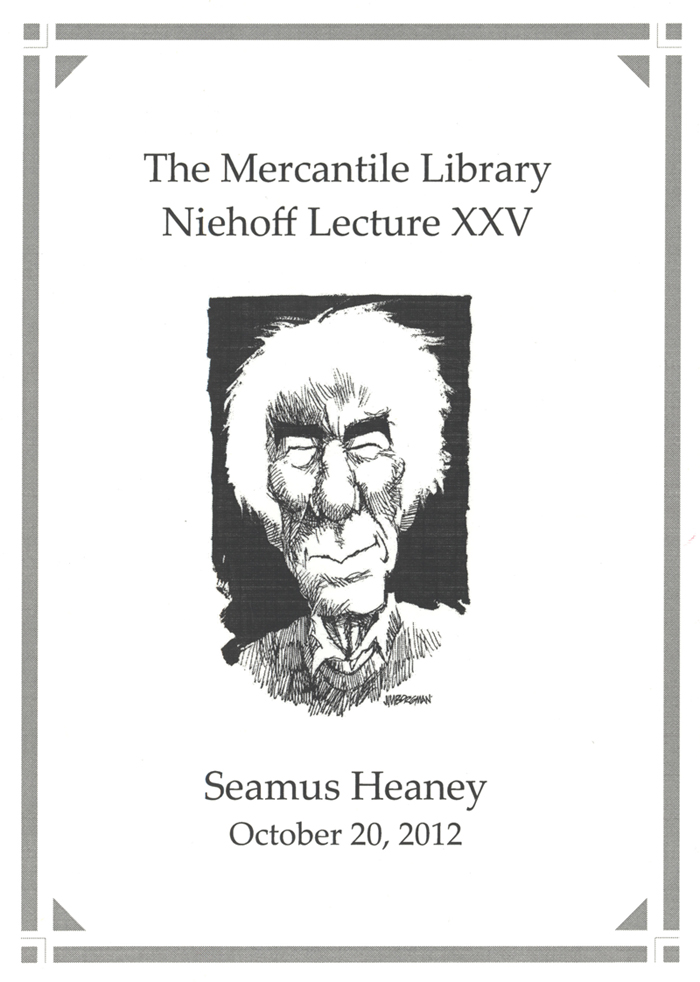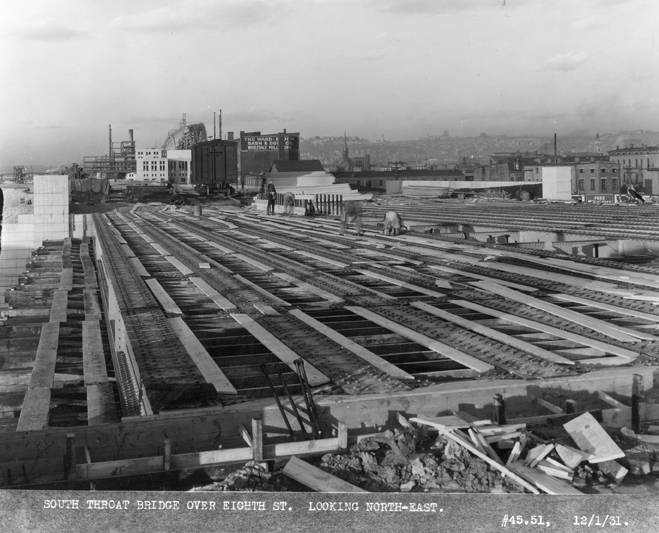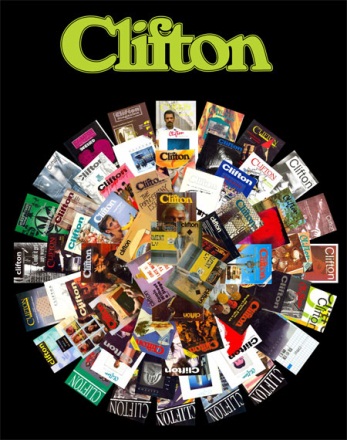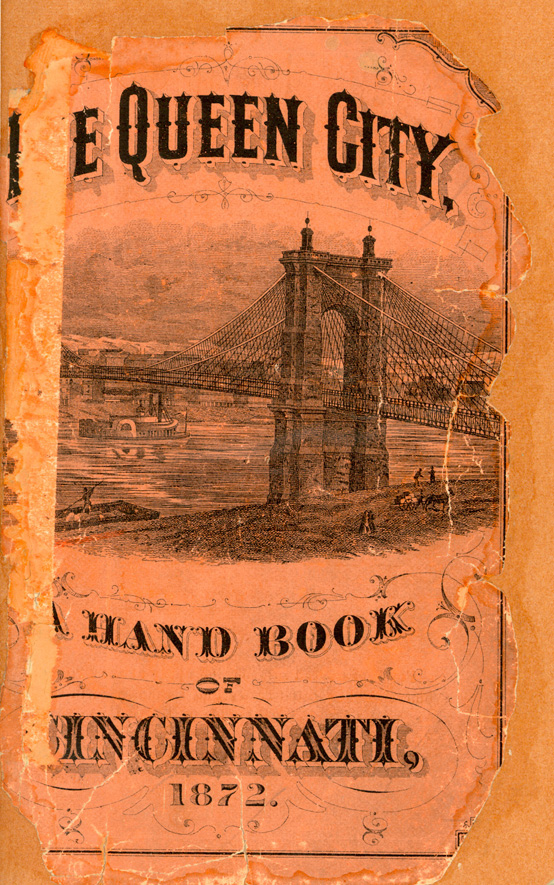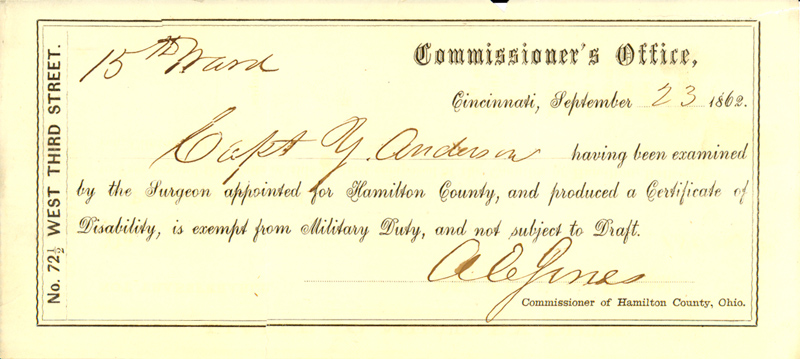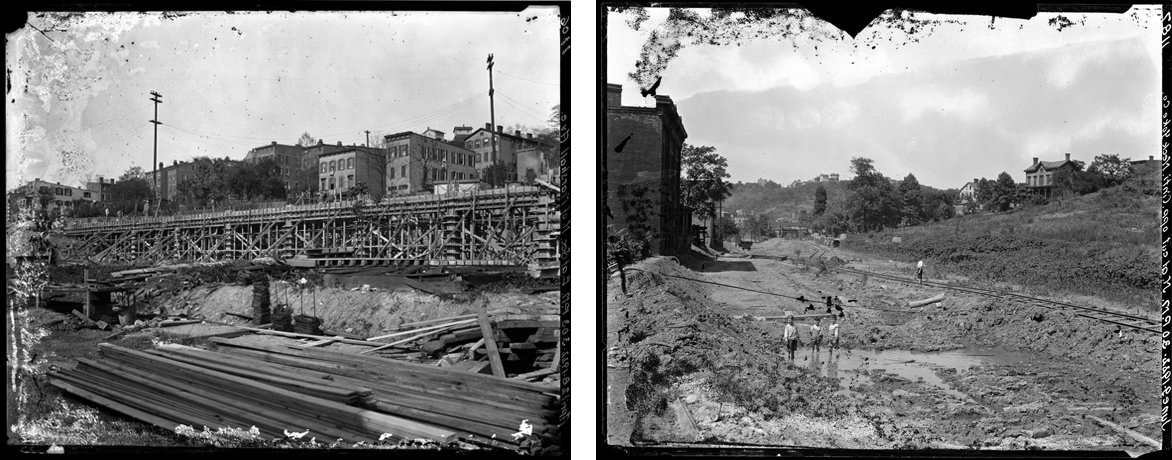 Featured country: Belgium
Featured country: Belgium
Did you know the term “duffel bag” derives from the Belgian town of Duffel, where the thickly woven bags were first manufactured? Or that Belgian beer and chocolate are world-renowned? Approximately the size of the state of Maryland, the Kingdom of Belgium is located in western Europe, surrounded on three sides by The Netherlands to the north, Germany to the east, and France to the south. Because of its strategic location, Belgium is one of the cultural centers of Europe, and the capital of Brussels is the seat of many European Union offices. Flemish, French, and German are the official languages of Belgium, however many people speak English, as well as Spanish, Arabic, and Dutch because historically the country has been a crossroads for immigrants. Belgium was devastated by the World Wars of the 20tch century, but most of its centuries-old castles and public buildings have survived, and today its vibrant culture make Belgium a nation of fashion, international commerce, and tourism in such beautiful cities as Bruges and Antwerp.
Source: CultureGrams.
Featured library resource: Foreign Information by Country.
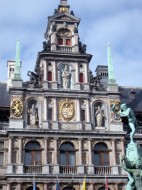
On one of Antwerp’s city squares.
By Kevin Grace
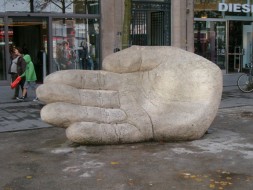
No, this street sculpture in Antwerp isn’t a tribute to UC’s Greg Hand.

 Woodward (“Woodie”) Garber’s designs for Christ Church Episcopal Church in Glendale, Ohio are now available for viewing at Archives and Rare Books Library of the University of Cincinnati. There is a specification notebook of the addition to the church, as well as numerous blueprints that cover every aspect of the building from the temperature control wiring to chapel windows and even the layout of trees on the grounds.
Woodward (“Woodie”) Garber’s designs for Christ Church Episcopal Church in Glendale, Ohio are now available for viewing at Archives and Rare Books Library of the University of Cincinnati. There is a specification notebook of the addition to the church, as well as numerous blueprints that cover every aspect of the building from the temperature control wiring to chapel windows and even the layout of trees on the grounds.